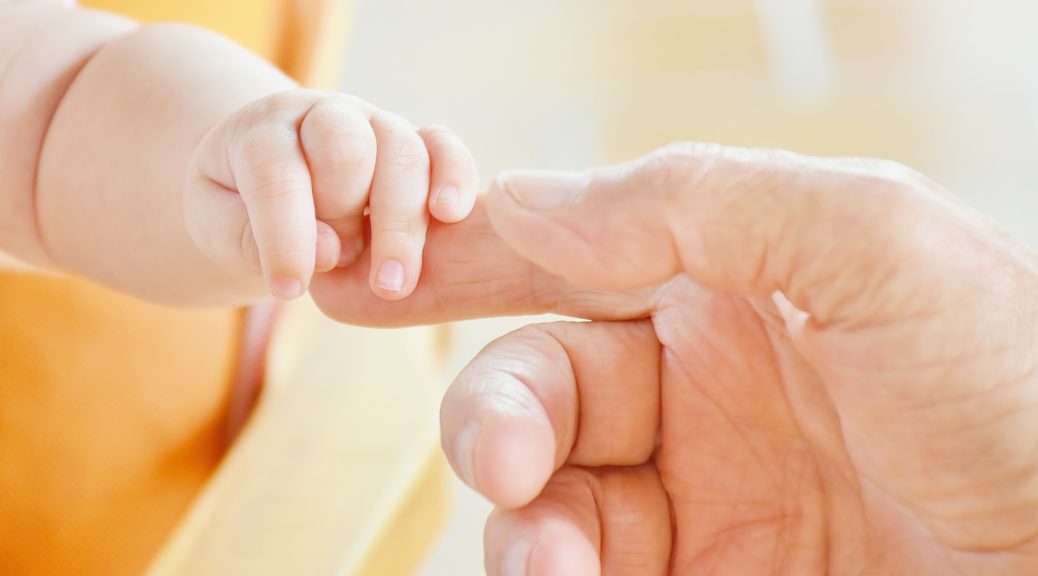
Separation of mother and baby in the first hours after birth
After birth, the newborn (NB) expects to be reunited with their mother. But what happens when a separation of mother and baby in the first hours after birth is necessary? The first contact is made through skin-to-skin contact with the double objective of favoring the adaptation of the newborn and initiating breastfeeding if the mother desires to do so.
However, there are situations that prevent this skin-to-skin contact from happening or extend over time, usually due to a separation between mother and baby due to some complication or a situation where more care is needed. This separation should be under medical criteria to reverse and stabilize the mother or baby.
The separation may be due to causes related to the mother or baby, with admission to the adult intensive care unit (for maternal care) or neonatal ICU (for newborn care):
Maternal situations
Usually, the mother’s admission to the ICU is due to her state of health, either because of an obstetric pathology that must be controlled or because of an emergency situation that occurred during labor. In both cases, the stabilization of the mother’s situation is the main objective, and from this point on, if her condition allows it, a care plan can be discussed and agreed upon with her, where, among other actions, the initiation and maintenance of breastfeeding will be considered. To help in this initiation, it can be suggested, for example, that the newborn baby enters the premises to share skin-to-skin moments and give the woman more confidence in her new role as a mother.
Neonatal situations
- Alteration in neonatal adaptation, regardless of the gestational age of the newborn, is one of the most common reasons for admission to the NICU.
- Prematurity: depending on the gestational age, the care offered will be more or less complex. Families should be able to accompany their newborns during their admission, which is why it is recommended, according to neonatal care guidelines, to work together with the family to improve the condition of the newborn. As for the newborn’s nutrition, breast milk is the first option to offer due to its composition adjusted to the gestational age of the newborn, the exclusive components offered by colostrum and the benefits it provides for the overall development of the newborn.
- Admission of the newborn due to a congenital fetal pathology for follow-up and treatment.
As health care providers, our priority will be to offer quality care, including the protection of breastfeeding.
How can we support families in these situations?
- Early initiation of breastfeeding before 6 hours of life: explain and teach a good technique for stimulation and manual extraction of colostrum and subsequent collection and storage.
- Stimulation and extraction of colostrum at a rhythm similar to that of a newborn, encouraging the mother to do so at a frequent rhythm (for example, do not allow more than 3 hours to pass between stimulations, both day and night).
- Offer Skin-to-Skin Contact whenever mother and infant are stable, whether during visits to the neonatal NICU or adult ICU.
- Offer direct breastfeeding if mother and baby are stable whenever possible.
- In case of having to administer milk to the infant by a method other than direct breastfeeding, use a method that protects the infant’s sucking physiology and stimuli, for example, with the use of a cup or finger-syringe.
- Give space to the families so that they can ask all their questions related to the current situation and breastfeeding.
The hours after birth are key for the initiation and establishment of breastfeeding. When a mother is separated from her newborn, the processes that are being skipped should be taken into account and, if the woman’s desire is to breastfeed her newborn, this time should be used to facilitate its establishment.
Working together with families should be the objective of mother and child hospitals. Among their actions, they need to be able to adapt hospital care to this vital moment of mother and newborn.